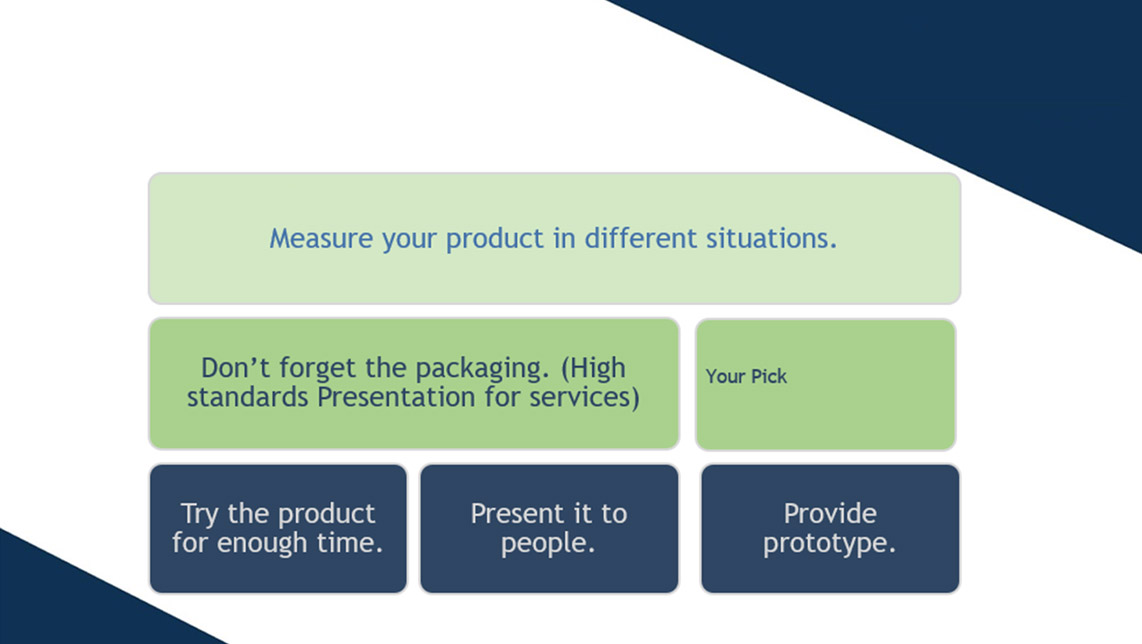- Marketing Penetration
The price is set low to increase sales and market share. - Marketing Skimming The price is set high and is gradually lowered as the product moves through the product life cycle.
- Psychological Pricing The price is set just below a whole number to make the product and price more attractive. For example, setting a price at 29.99 SR instead of 30 SR.
- Premium Pricing The firm will set a high price. The price set will reflect the premium quality of the product.
- Bundle Pricing Products are bundled together, and a slightly cheaper price is charged for buying the bundled item.
- Value Pricing Prices are set on products that reflect the value of the product. If the product has an economic feel, then the price will reflect this fact. Many supermarkets have introduced value or economy products that reflect this.
- Captive Pricing With some products, you must buy another item to use it. If we look at printers, you need to buy the ink to run that printer. Captive pricing is a clever strategy, usually, the additional items that are needed will cost more.
- Cost Plus Pricing The organization puts a percentage of profit on the cost of making the product. For example, if the production cost is 200 SR and the markup is 20%, the selling price will be 240 SR.
- Optional Pricing A firm will charge extra for any optional products that are sold alongside the main product.
- Competitive Pricing A firm looks at their competitors and decides to charge a premium price, an economy price, or a mid-range price for their products, compared to their competitors.

Product
Dimensions | Alfaisal University © 2023. All Rights Reserved.
